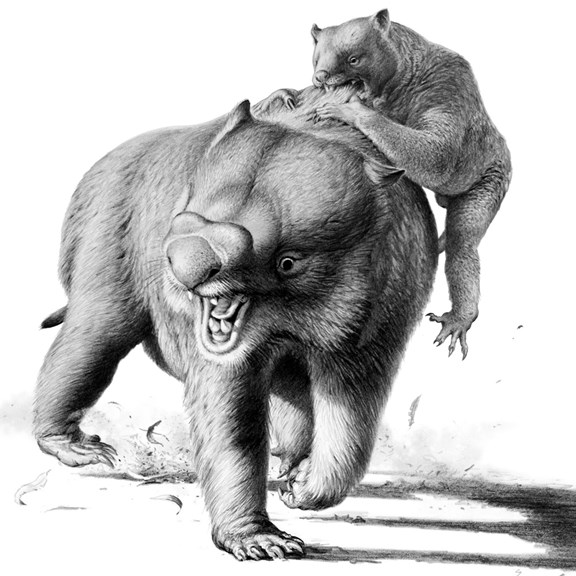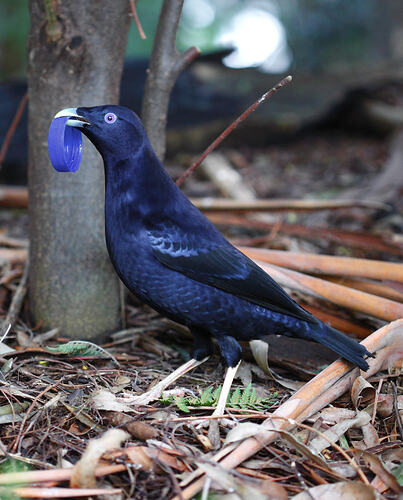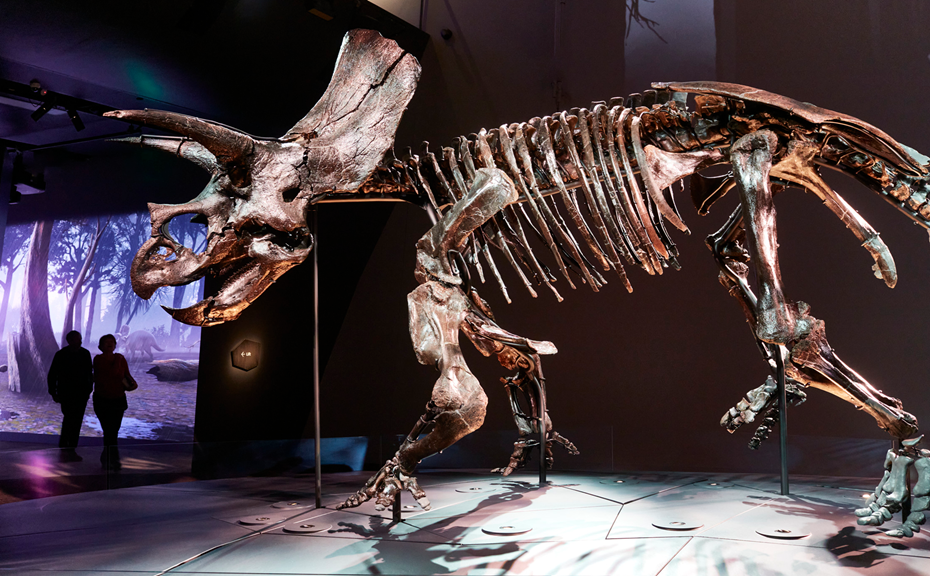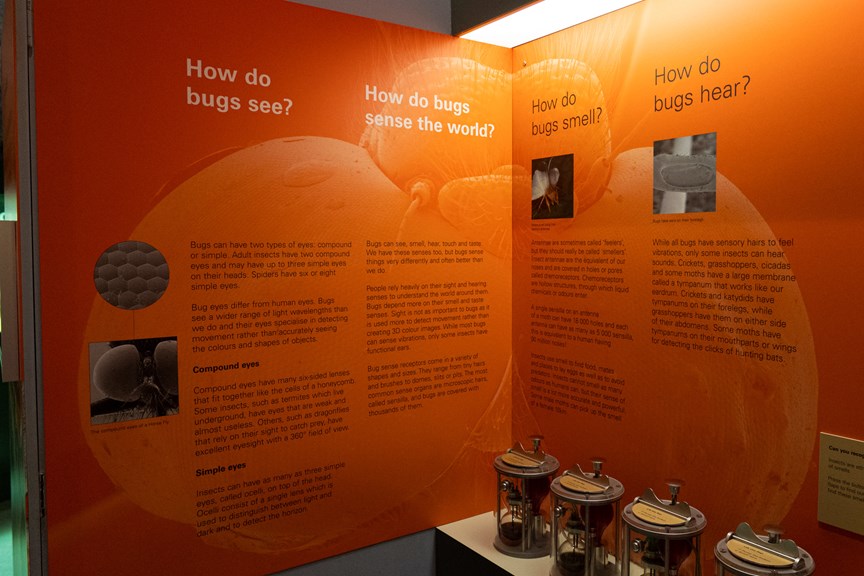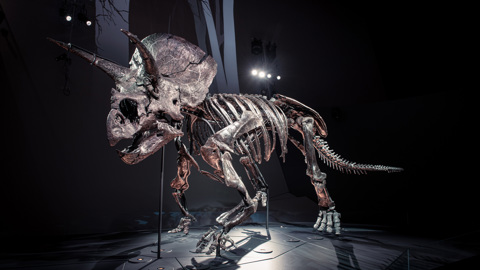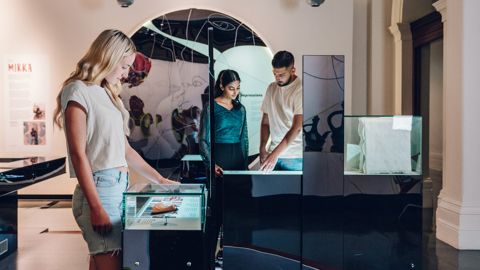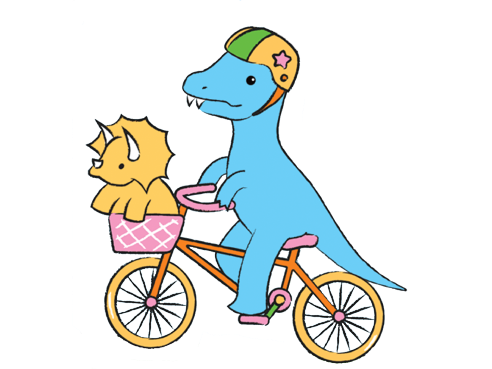Thylacoleo carnifex
Tarbosaurus bataar
Satin Bowerbird
You may find my bower, but can you find me?
One of many birds in the Forest Gallery, the male Satin Bowerbird has blue-black feathers, whereas the females have olive green. Males build bowers on the ground to attract females and decorate them with blue items such as flowers, feathers, bottle tops and berries.
Palorchestes skull
Palorchestes was a marsupial heavier than a buffalo and remains the biggest mystery of Australia’s Ice Age. This creature could have been seen by the First Peoples of Australia, along with the giant kangaroo Procoptodon and ‘marsupial lion’ Thylacoleo.
It had a tall, narrow skull, with tiny eyes, scoop-shaped front teeth, and a long, flexible snout. Its teeth and jaws look like those of a giant kangaroo, but Palorchestes was more closely related to wombats. Scientists think it may have used its muscular arms and clawed hands to tear apart tree ferns or even termite mounds for food.
Real fantastic beasts from the Museums Victoria Research Institute
For more than 165 years Museums Victoria researchers have been inquiring, collecting and collaborating to understand our changing world. The Museums Victoria Research Institute's diverse expertise in biodiversity, geology, history, technology and First Peoples’ knowledge and culture is more vital than ever. Explore a selection of fantastic beasts from this collection and see exciting species here: Research Institute Gallery.
Pelagornis
Pelagornis was an ocean-going bird, with a wingspan twice the size of a living albatross – 6 metres wide. The spikes you can see along Pelagornis' beak aren’t really teeth. They don’t grow or fall out like teeth but are part of the skull.
- Find out more about Gandel Gondwana Garden
Triceratops
Meet the Melbourne Museum Triceratops, one of the most complete Triceratops fossils ever found. Unearthed after 67 million years, our Triceratops belongs to the species Triceratops horridus, but is affectionately known as Horridus
Pygmy Blue whale
The skeleton of this Pygmy Blue whale here is of a juvenile male stranded on a beach at Cathedral Rock, near Lorne, Victoria, on 5 May 1992. It weighed 40 tonnes and was 18.7 metres long; removing it from its beached position to the museum required several cranes, a bulldozer and a low loader.
Eels in pond
Short-finned Kooyang | Eels (Gunditjmara) start their life as tiny, transparent 'glass eels'. They can lay up to 10 million eggs.
Bugs Alive!
Bugs Alive! is a place for the curious to learn more about how insects see and sense the world.
Here amongst the myriad of tiny animals you will find a special species - the Helena Gum Moth.
How many different types of moths can be found in this gallery? Are they all brown? Can you tell which Helena Gum Moth is male and which is female?

